Arizona Trail, Passage 24: Red Hills
AZT Backpacking Day 47
Trans-Arizona/Utah Day 54
Welcome back to Aspen’s Tracks, thruhiking the Arizona Trail southbound from Utah to Mexico. Today’s entry covers backpacking the southern stretch of Passage 24, the Red Hills, between the Red Hills ridgeline and The Park, the junction with the Red Hills Trail and start of the Mazatzal Divide passage. You can find today’s hiking logistics below the photo documentation and trail journal of the route.
In the land of Arizona
Through desert heat or snow
Winds a trail for folks to follow
From Utah to Old Mexico
It’s the Arizona Trail
A pathway through the great Southwest
A diverse track through wood and stone
Your spirit it will test
Oh, sure you’ll sweat and blister
You’ll feel the miles every day
You’ll shiver at the loneliness
Your feet and seat will pay
But you’ll see moonlight on the borderlands
You’ll see stars on the Mogollon
You’ll feel the warmth of winter sun
And be thrilled straight through to bone
The aches and pains will fade away
You’ll feel renewed and whole
You’ll never be the same again
With Arizona in your soul
Along the Arizona Trail
A reverence and peace you’ll know
Through deserts, canyons, and mountains
From Utah to Old Mexico
-“The Arizona Trail,” Dale R. Shewalter
Red Hills Ridge
Job application day starts. I hike further along the Arizona Trail to get service and encounter Jake (trail name, Don’t Panic). We talk for a while, and then I get the applications in that I can over lunch. The second third of the climb commences, but I seem to have gotten my mountain legs under me somewhat. Combined with a lesser grade, the climbing portion of today’s hike takes a matter of hours rather than the better part of a day that yesterday’s hike took. The trail rolls through the Hills, which aren’t exactly shy about the reason for their name.
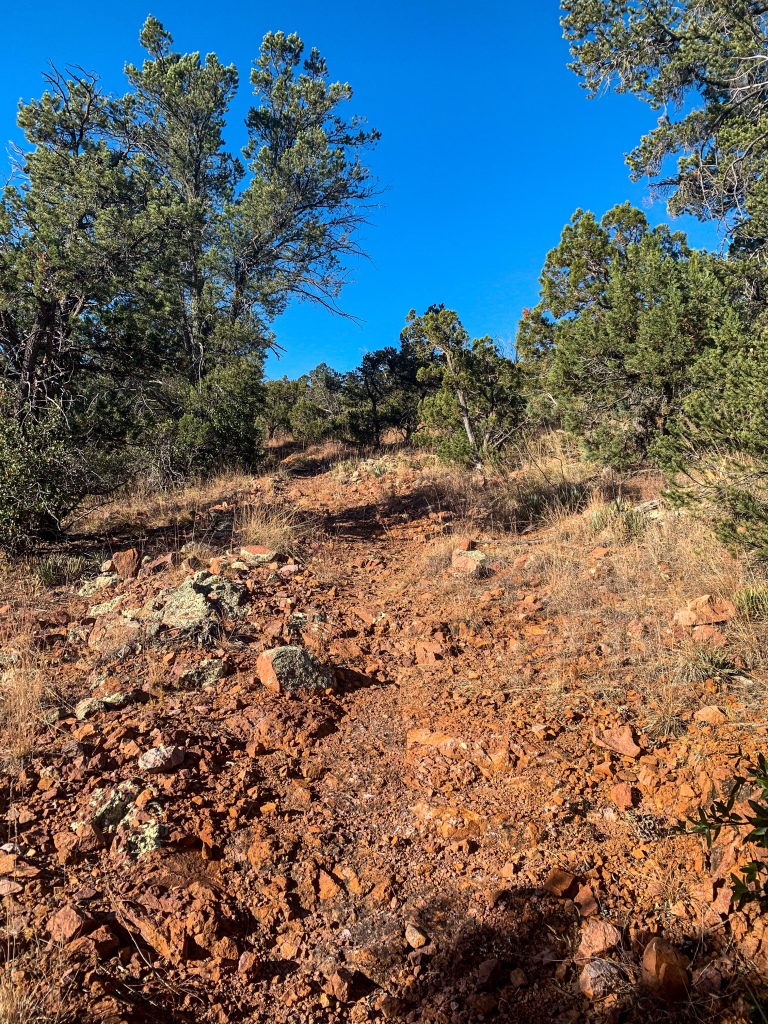
Arizona Trail, Passage 24 (Red Hills)
Tonto National Forest

Arizona Trail, Passage 24 (Red Hills)
Tonto National Forest

Arizona Trail, Passage 24 (Red Hills)
Tonto National Forest

Arizona Trail, Passage 24 (Red Hills)
Tonto National Forest
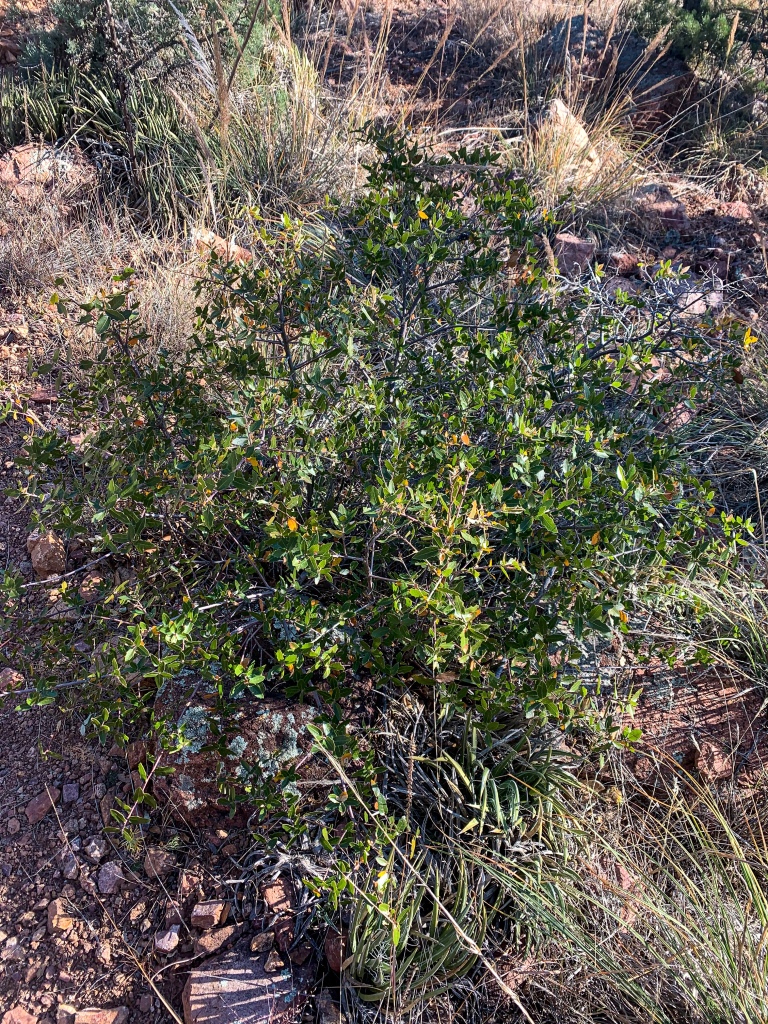
Arizona Trail, Passage 24 (Red Hills)
Tonto National Forest
Arizona Trail: Red Hills Ridge-Red Hills Trail Junction (The Park)
Most of the trail passes through scrubland but there are remnants of the ponderosa forest that existed in the vicinity before the Willow Fire (2004) and Sunflower Fire (2012) burned through the area. The Willow Fire burned 119,500 acres; the Sunflower burned 17,618. Dominant vegetation in parts of the area impacted by the fires has been transformed from ponderosa pines to primarily desert scrubland and pinyon juniper forest due in part to disturbance and increased solar exposure, changing the hiking experience through it, though some parts, particularly on the south end of the passage, were not impacted and retain legacy pines. Some more northerly plants like blue spruce can be found in shadier drainages.
Views are extensive of both the Hills themselves and of the mesas and Mogollon Rim to the north, where another fire appears to be burning. The Red Hills passage ultimately concludes at the Red Hills Trail junction, where the Arizona Trail hiker (or backpacker) imperceptibly enters Passage 23, the Mazatzal Divide – the heart of the Mazatzal Wilderness, one of the most incredible passages on the trail, and the topic for the next entry.
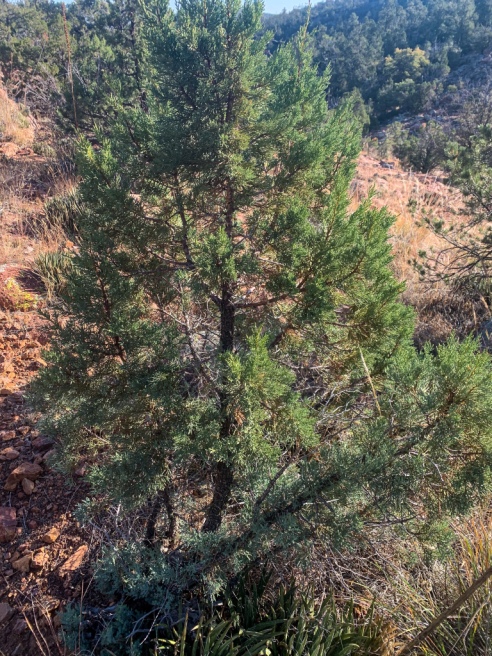
Arizona Trail, Passage 24 (Red Hills)
Tonto National Forest
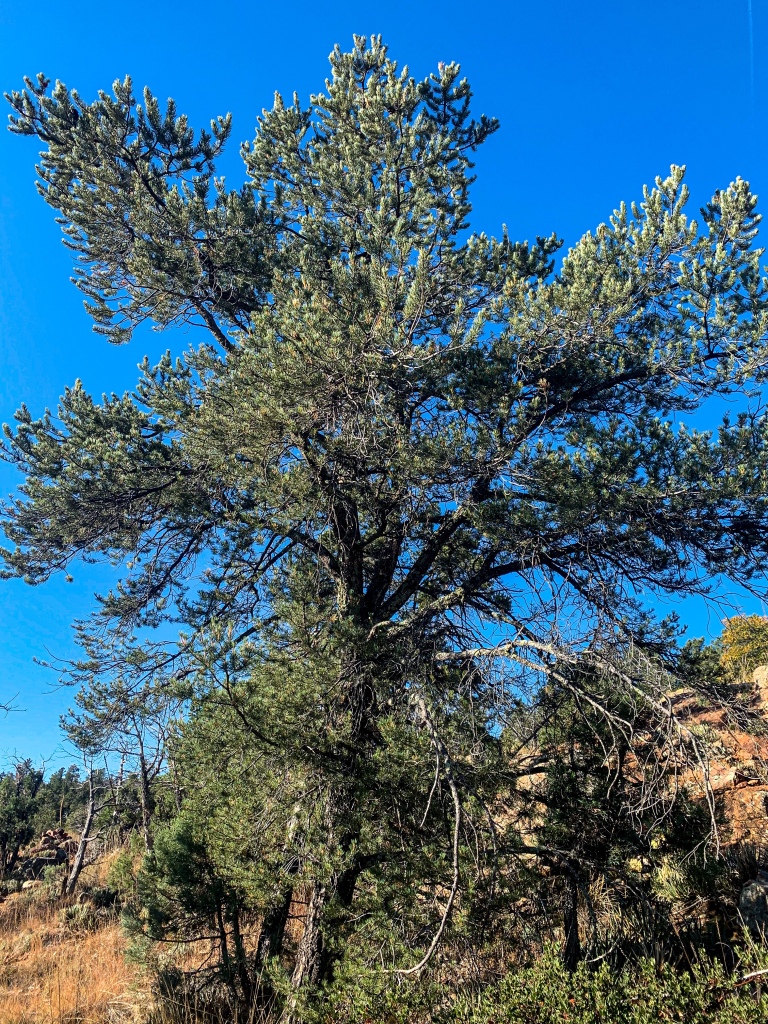
Arizona Trail, Passage 24 (Red Hills)
Tonto National Forest
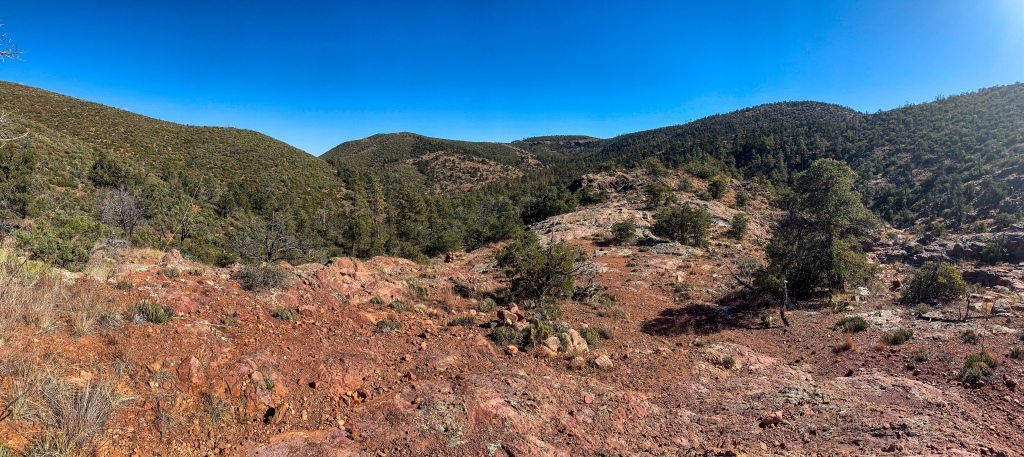
Arizona Trail, Passage 24 (Red Hills)
Tonto National Forest

Arizona Trail, Passage 24 (Red Hills)
Tonto National Forest

Arizona Trail, Passage 24 (Red Hills)
Tonto National Forest
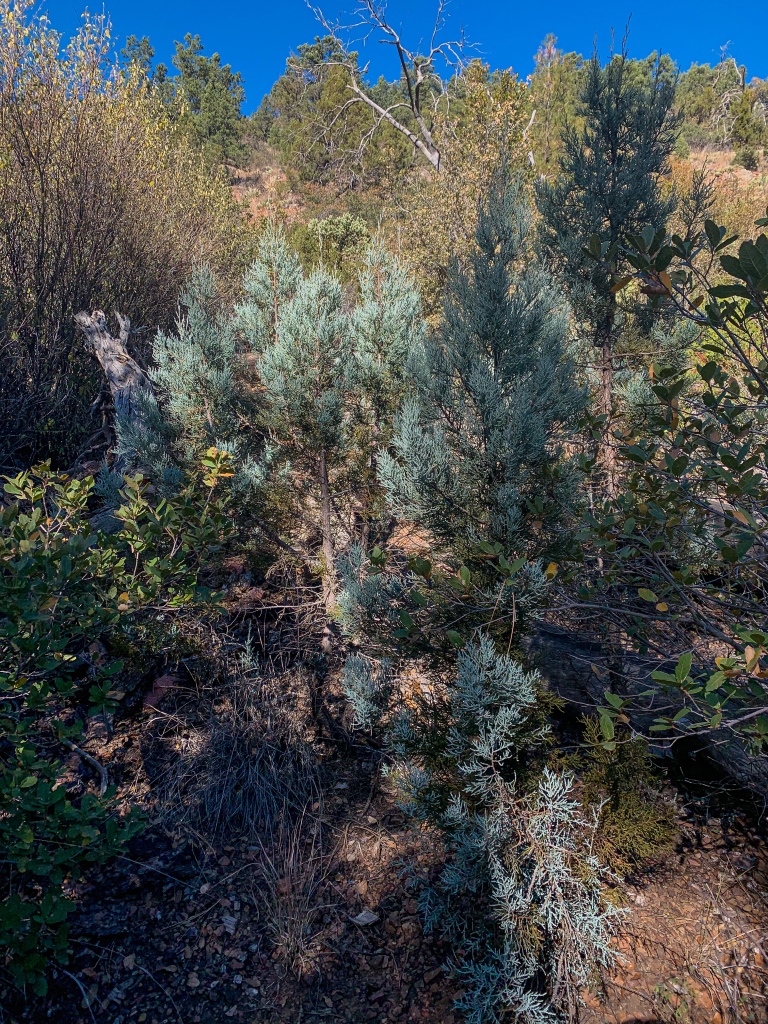
Arizona Trail, Passage 24 (Red Hills)
Tonto National Forest

Arizona Trail, Passage 24 (Red Hills)
Tonto National Forest
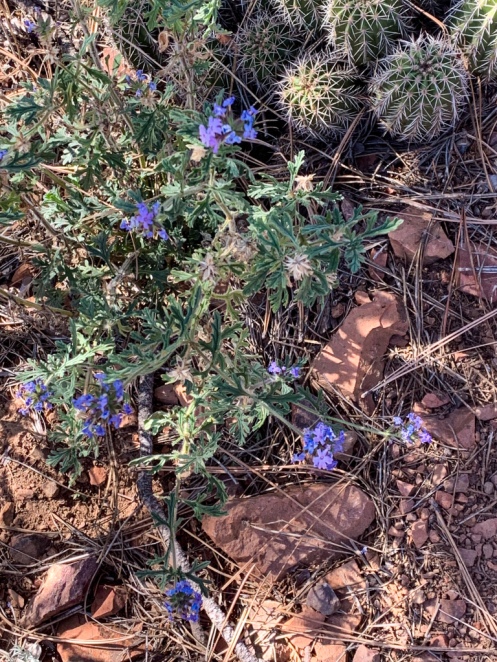
Arizona Trail, Passage 24 (Red Hills)
Tonto National Forest
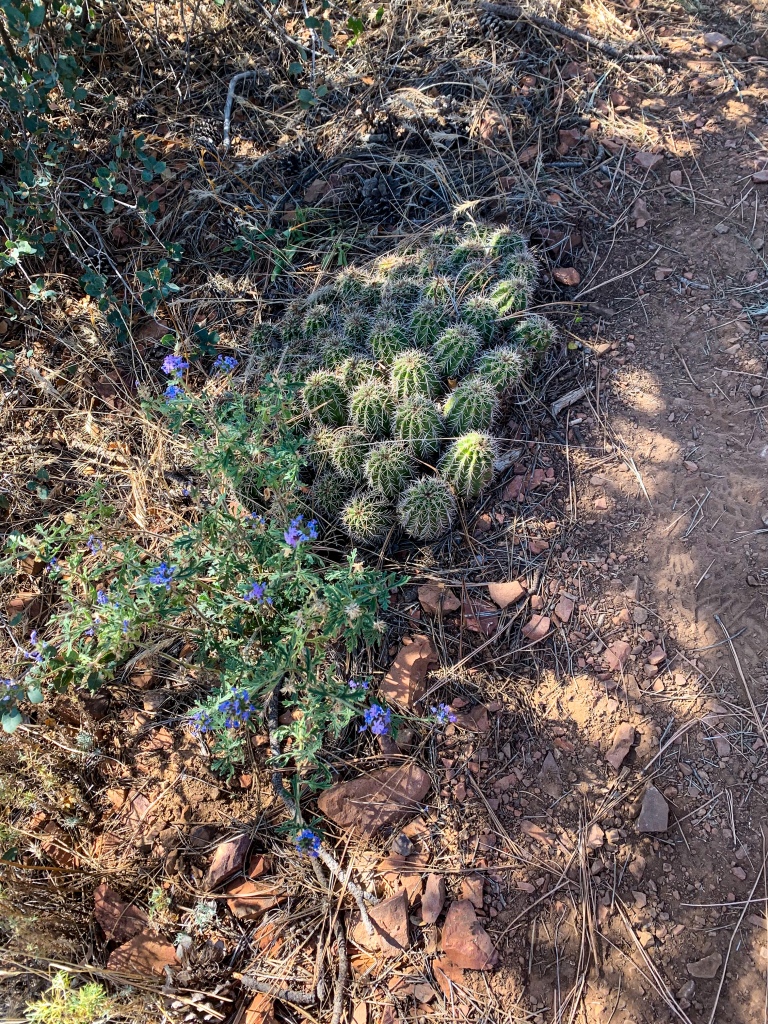
Arizona Trail, Passage 24 (Red Hills)
Tonto National Forest
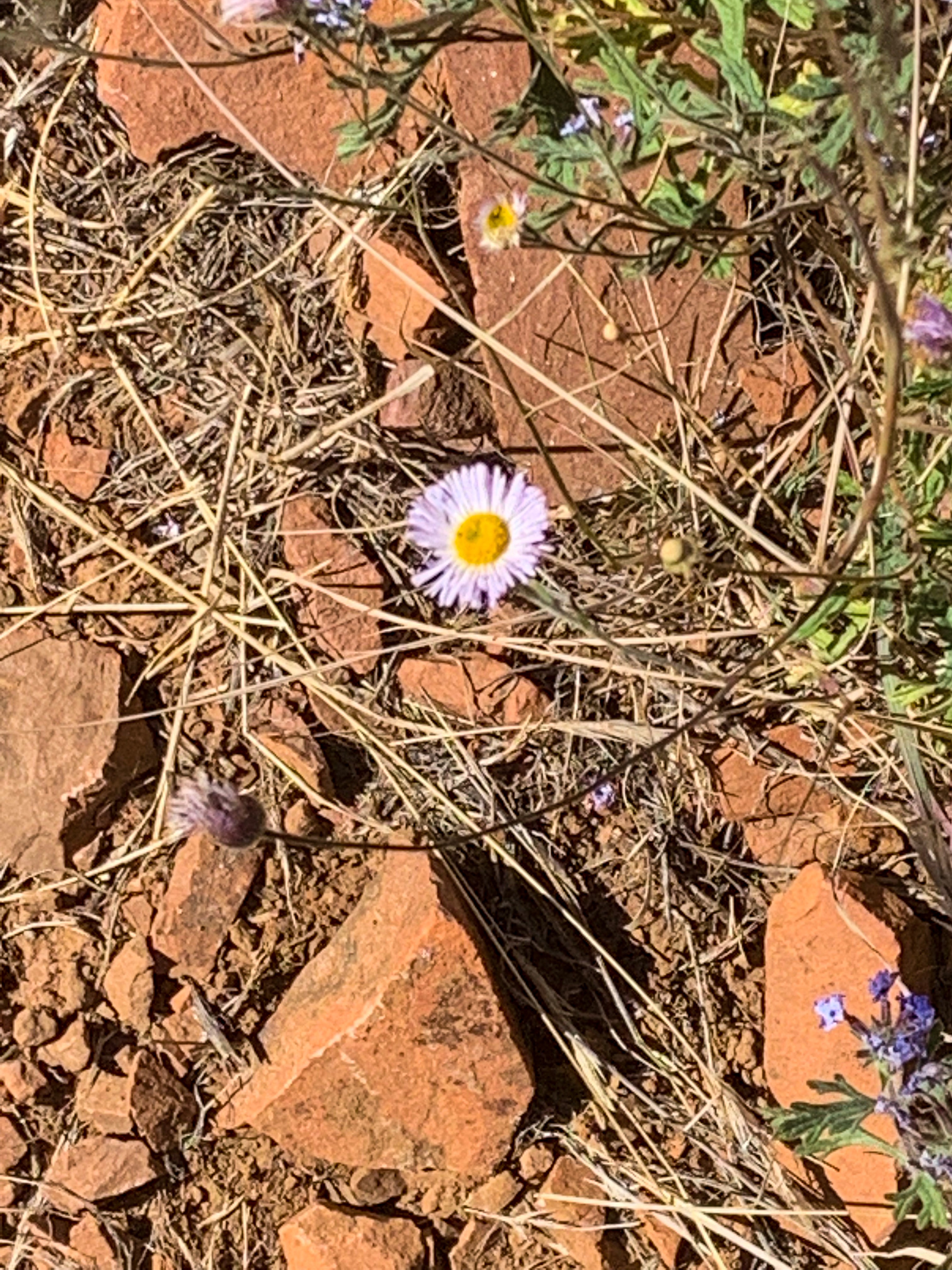
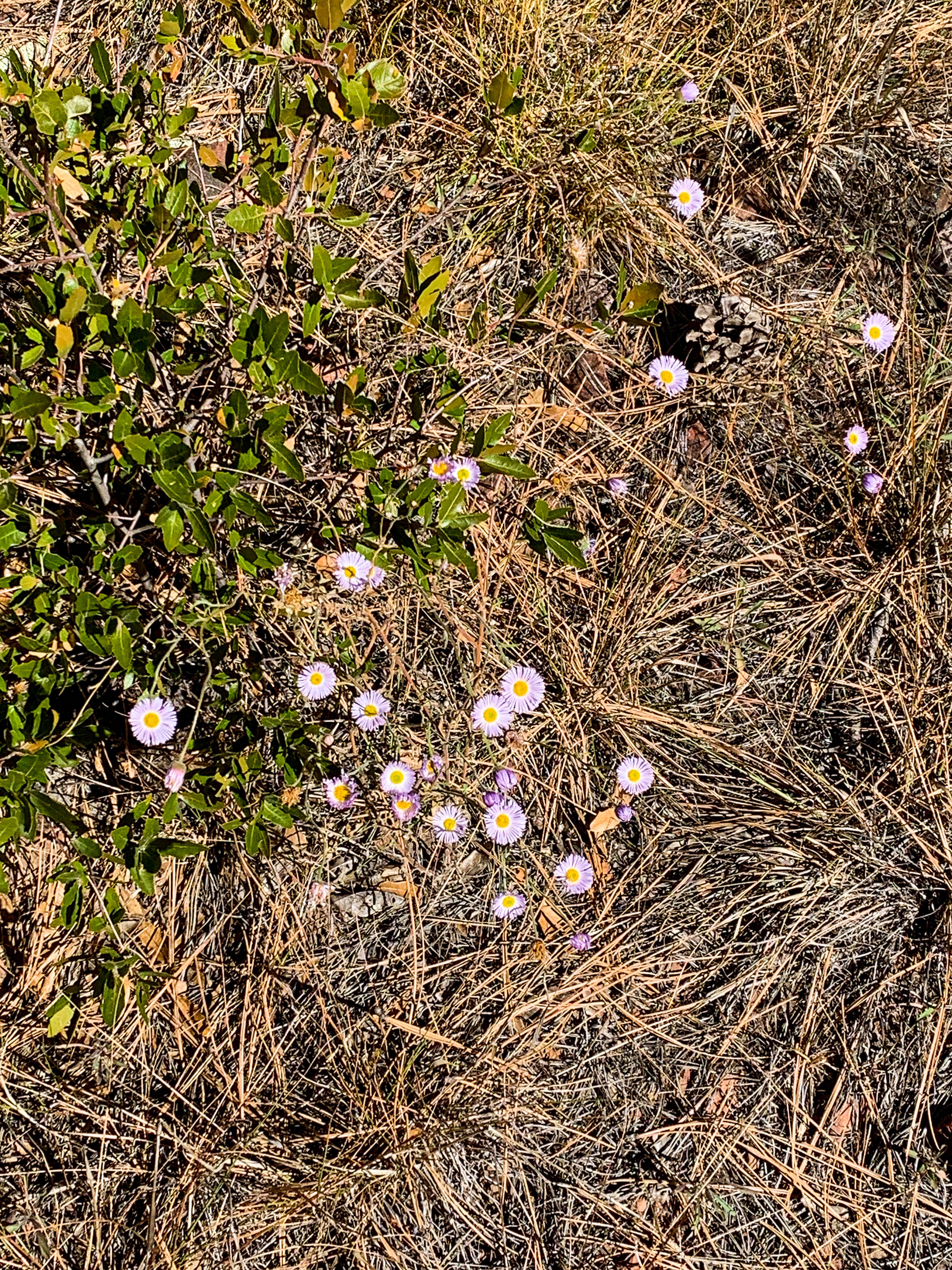
Arizona Trail, Passage 24 (Red Hills)
Tonto National Forest
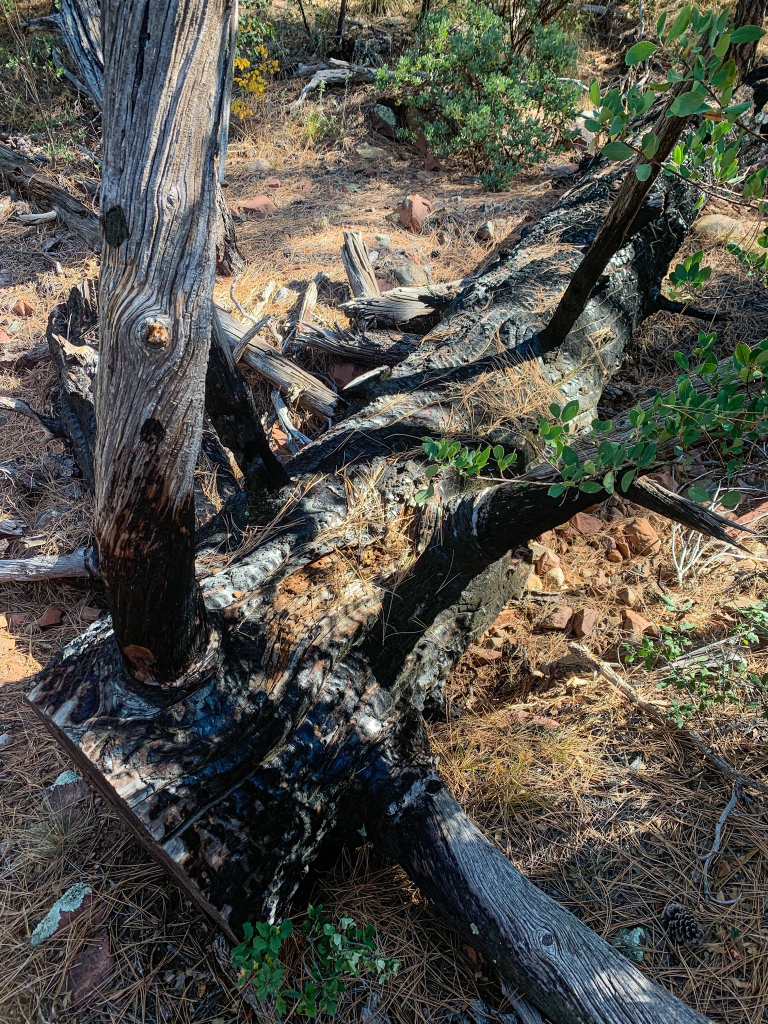
Arizona Trail, Passage 24 (Red Hills)
Tonto National Forest
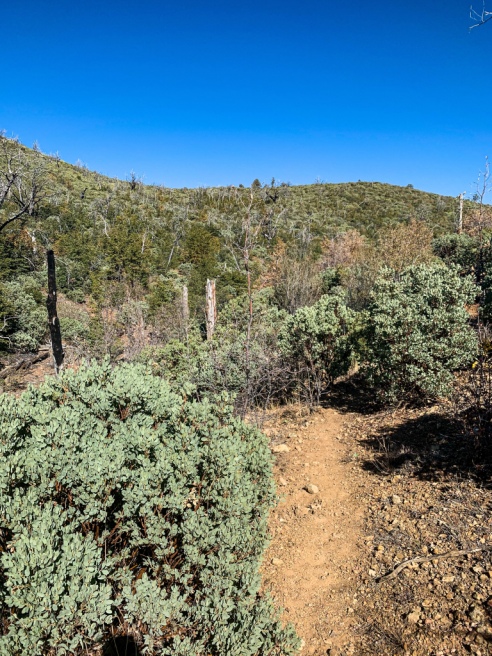
Arizona Trail, Passage 24 (Red Hills)
Tonto National Forest
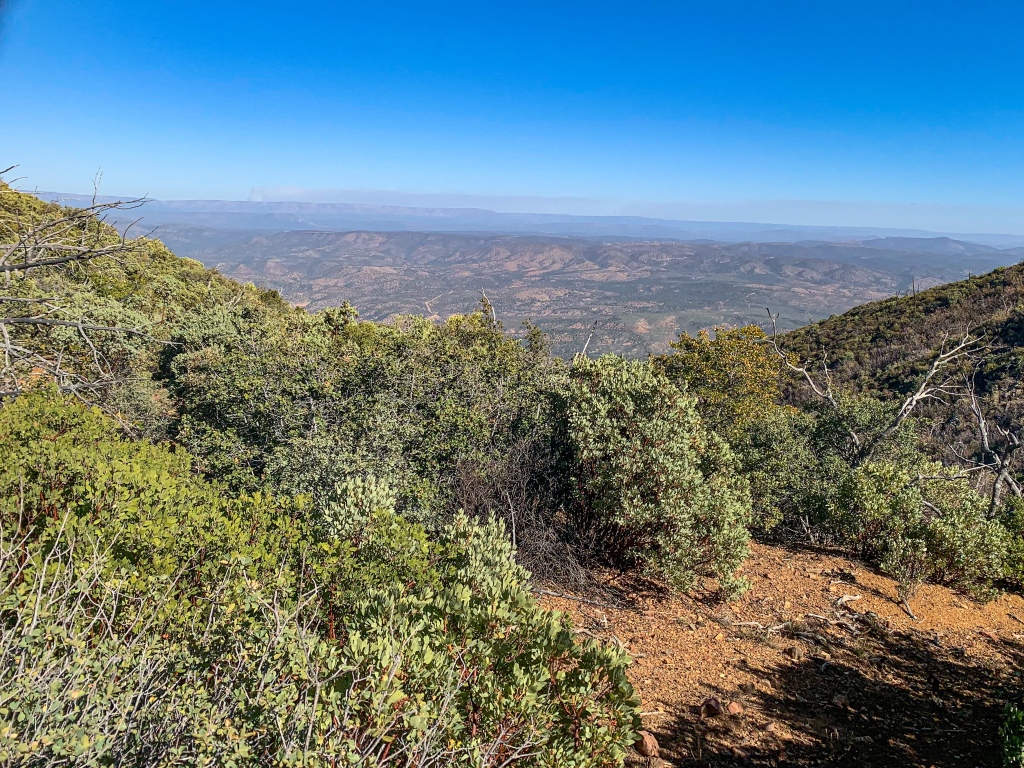
Arizona Trail, Passage 24 (Red Hills)
Tonto National Forest
Passage 24 Logistics
| Passage 24 (Red Hills) | |
| Passage Overview | Passage Overview |
| Passage Map | Passage 24 Map |
| Passage Elevation Profile | Passage 24 Elevation Profile |
| Passage Weather | NOAA Weather |
| Trail Surface | Dirt singletrack |
| Length (Mi) | 10.9 |
| Season | All year but snow may impact higher elevations in winter and heat can impact lower elevations in summer. |
| Potential Water Sources | East Verde River Brush Springs Seeps |
| Trailheads | North: East Verde River (north). Inaccessible to cars (4 mile hike from accessible Doll Baby Ranch TH) South: Red Hills Trail Junction. Foot access only. |
| Trailhead Access | North: Foot only. 4 miles from vehicular access at Doll Baby Ranch South: Foot only. 5.75 mi from vehicular access at City Creek |
| Wilderness? | Yes |
| Possible Resupply Points | None |
| Potential campsites (mileages S to N) | Precipitous terrain limits options, but there are some spots above the climb/descent into the East Verde Valley, on the ridge traverse; and in the basin and south end near the Red Hills Trail junction |
| ATA-Rated Difficulty | Moderate |
| Hazards | Lightning (summer monsoon) Water availability Heat Communication |
| Ecosystems Traversed | Interior Chaparral (north end) Great Basin Conifer Woodland Relict Conifer Woodland |
| Highlights | Views of the northern Mazatzal Mountains Sunsets Red rocks Ecological diversity |
Arizona Trail: Passage 24 Ecology
| Interior Chaparral | Great Basin Conifer Woodland | Rocky Mountain Montane Conifer Woodland | |
| Common Trees/Shrubs | * Birchleaf Mahogany * Ceanothus * Holly-leaf buckthorn * Manzanita * Shrub live oak * Silktassels * Stansbury cliffrose | * Arizona alder * Holly-leaf buckthorn * Junipers * Oaks, including Arizona oak, canyon live oak, Emory oak, Gambel oak, scrub-live oak * Piñon pine * Red barberry * Serviceberry * Silktassels * Skunkbush * sugar sumac | * Ponderosa Pine * Southwestern white pine * Subalpine fir * White fir * Rocky Mountain maple * Bigtooth maple * Grey alder * Red birch * Red osier dogwood * Cliffbush * Mallow ninebark * New Mexican locust * huckleberry * bilberries |
| Common herbaceous plants | * Buckwheats * Globemallows * Lupines * Penstemons * Sego-lily * Wormwood | * fringed brome * Geyer’s sedge/elk sedge * Ross’ sedge * Bronze sedge/dry land sedge/hillside sedge/hay sedge/Fernald’s hay sedge * screwleaf muhly * bluebunch wheatgrass * Spruce-fir fleabane * wild strawberry/Virginia strawberry * Small-flowered woodrush * mountain sweet Cicely * bittercress ragwort * western meadow-rue * Fendler’s meadow-rue | |
| Common succulents | * Agaves – golden flowered, Parry’s, Toumey’s * Banana & soap tree yucca * Barrel cactus * beargrass * beehive cactus * buckhorn cholla * Cane Cholla * hedgehog cacti * prickly pear cacti * Rock echeveria * Sotol * Whipple’s cholla | * beehive cactus * Claret cup hedgehog cacti * Golden-flowered agave * Parry’s agave * Prickly pear cacti * Whipple cholla * Tonto Basin agave |

One thought on “Amazing, Spectacular Arizona Trail Thruhiking: Red Hills Ridge-The Park”